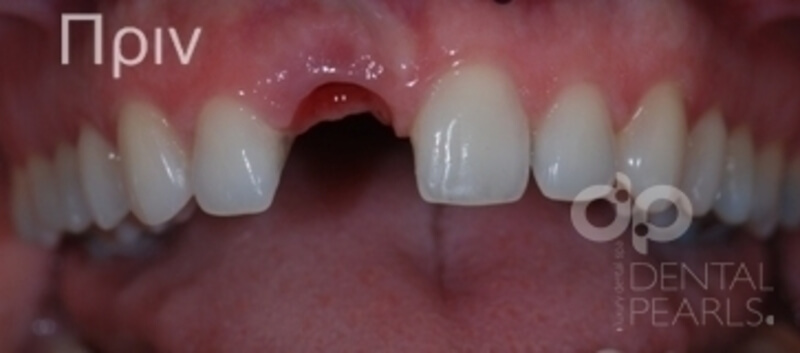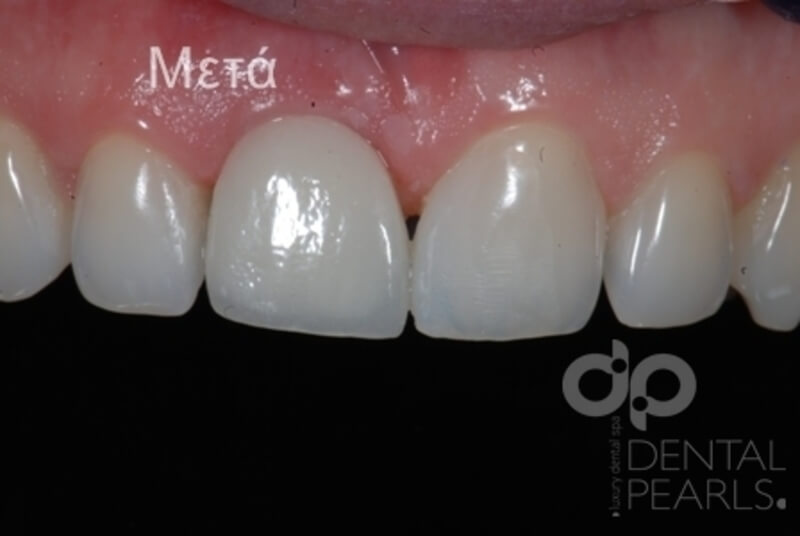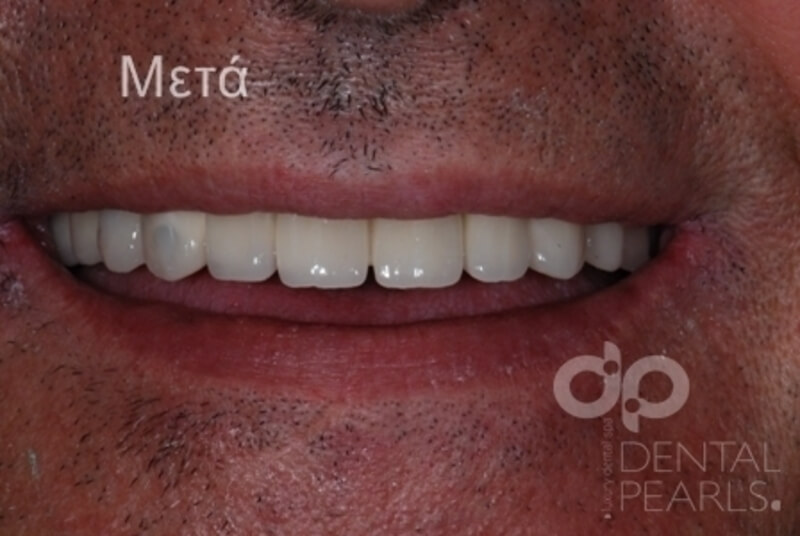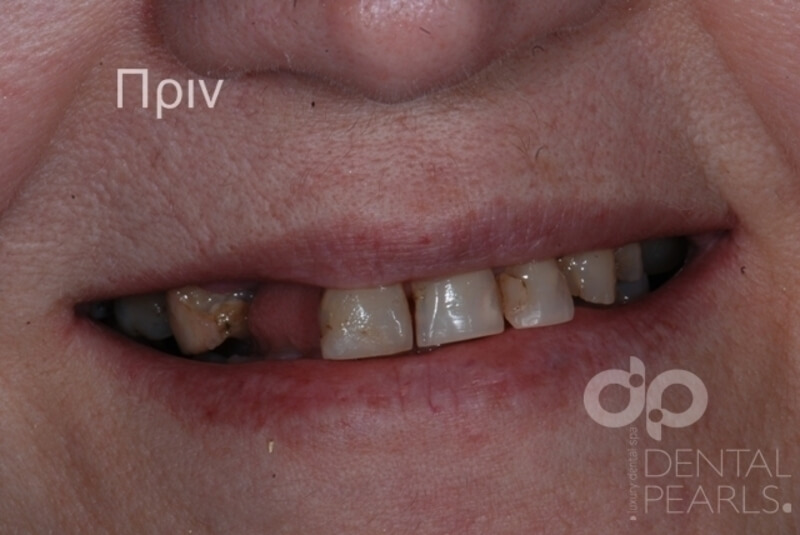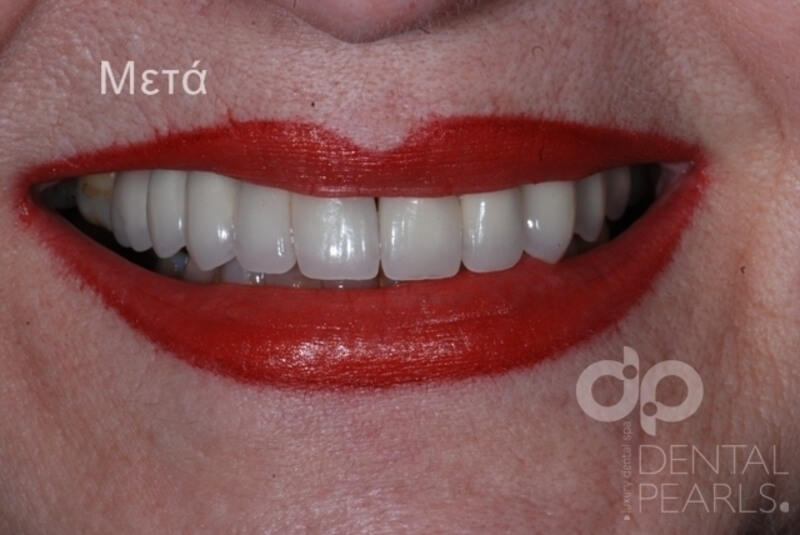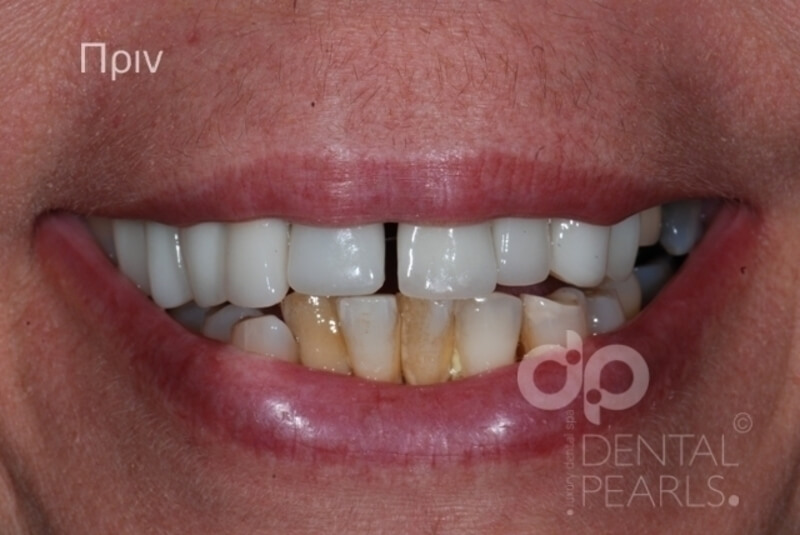When did dental implants appear in dentistry?
If we want to have a look at the history of dental implants, the first stop would be the Swedish scientist, Branemark, who discovered them by accident, since he unknowingly performed osseointegration. After many years of testing and research on this new discovery, the first application of dental implants was finally introduced in 1965. The implants were specially designed to resemble the root of the tooth.
Smile Again
What are dental implants?
Dental implants are a substitute for dental roots that might have either been lost or will be extracted in the near future. After successful integration into the upper or lower mandibular bone, the implants can be used to support permanent and stable, mostly prosthetic, work, helping patients regain stable teeth, filling any gaps after extractions.
Dental implants are constructed of high-titanium alloys, with technology similar to that used in orthopedic procedures.
When are implants selected?
A dental implant can be selected as a treatment and aesthetic restoration for many reasons. Some of these reasons may include tooth loss due to various etiological factors, such as periodontal disease, an injury, or age itself, that might be advanced.
In these cases, dental implants, other than aesthetic reasons, are also suggested as a protection for the neighboring teeth and soft tissues that embrace them.
When a tooth is missing, the implant prevents drilling of the adjacent teeth.
How are implants placed? Is it painful for the patient?
In order to have dental implants placed, local anesthesia is often used at specially designed locations for dental surgery, under aseptic conditions, to the extent possible. After surgery, there is swelling for a short while, with most patients return to their daily lives immediately, without any pain. In the event of any discomfort, common painkillers are sufficient to relieve the pain.
Are all patients with missing teeth candidates for dental implants?
The vast majority of patients are eligible for restoration with dental implants. However, there are some limitations related to either the presence or absence of adequate bone mass, or general health, the local state of tissue in the oral cavity, and the patient’s medication use.
How long does the treatment last?
The process of implants consists of two stages:
- During the first stage, implants are placed in the bone. After 12-24 weeks (osseointegration), depending largely on whether or not the graft is used,
- We proceed to the second stage, where the implants are revealed, and the restoration begins with the final prosthesis work. In the interim, temporary structures, such as bridges or partial dentures, are usually used to fill any gaps.
- However, there are cases where implants can be placed at the same time as implant loading, thereby saving time until final restoration (teeth in a day).
What is their success rate?
If placed under the right conditions, with the necessary planning and by a properly trained dentist, current success rates are 96-99%. A prerequisite for their longevity is meticulous oral hygiene and regular check by the dentist.
Preparation – Planning
Most of the success of the implants is based on correct planning. Most of the time, a special imaging scan of the area where the implants will be placed is required, i.e. a computed tomography of the jaw area (Dental Scan). Also, in cases of high aesthetic requirements, it is necessary to prepare soft tissues with special temporary constructions and/or use of prefabricated dental guides to place them correctly.
Evaluation of patients before placing of dental implants
In order to evaluate the patient, the dentist needs to take some important parameters into consideration. These are age, sometimes gender – since osteoporosis in women makes absorption by the alveolar crest shorter, presence of metabolic diseases or presence of diabetes mellitus.
Smoking should be restricted several days before implant placement, since it can create a healing problem, reducing resistance to inflammatory response, and limiting success rates.
What if there is not enough bone?
A healthy bone is a prerequisite for a successful implant placement. Factors that can lead to the gradual absorption of the bone into the jaw are persistent inflammation, gaps from missing teeth over long periods of time, and poor prosthetic work by a non-specialist dentist.
If a patient needs bone thickness or height to be enhanced, then the surgeon may add a graft to the problematic area, receiving it either from another part of the patient’s jaw or body (autograft), or a properly conserved human graft (allograft), and/or even from other animals (xenografts) or synthetic grafts. The use of these grafts can also be done with the application of growth factors.
Advantages of dental implants
- The adjacent teeth and their surrounding tissues are protected and no drilling is required
- The alveolar bone is maintained at the right height at those areas where loss has occurred, since the implant is embedded in the bone
- The aesthetic effect is the best possible, since the natural tooth is copied to the best extent and the gums are preserved at the same time
- Chewing is excellent and instability of mobile prosthetics is avoided
- Results are long lasting
- From a financial point of view, in the long run implants are the more economical choice as compared to partial dentures that will probably need replacing.
- Speech will not be affected
- The patient feels confident and full of self-esteem
Disadvantages of dental implants
The only disadvantage that could be mentioned is that it takes about 2-3 months to complete the process. During this waiting period, osseointegration is concluded to attain stability and maintain results for years.
Teeth in a day
Research in the field of dental implants is ongoing. The latest data allow for immediate implant placement after the extraction and in appropriately selected cases their immediate loading (teeth in one day).
Dental Pearls – How to ensure high success rates
The implants we use are from the largest and most reliable companies in the industry that have proven their worth and deliver a high quality result.
At Dental Pearls practice, treatment planning is done in great detail from the very first day our patient visits us. Before the procedure we design a comprehensive plan to predict any parameters that may affect the result.
The type of technique to be followed is selected strictly based on the patient’s health and rehabilitation.
How Much Do Dental Implants Cost?
Dental implants cost more than other prosthetic work, but they are definitely the best choice you can make to have your teeth restored. The final cost is formulated based on several factors and can be paid in installments, as appropriate.
Smile Again
Παρακαλώ σύρετε με το ποντίκι σας (ή με το χέρι σας από κινητό) τον κέρσορα στο κέντρο της φωτογραφίας για να δείτε το πριν και το μετά.
